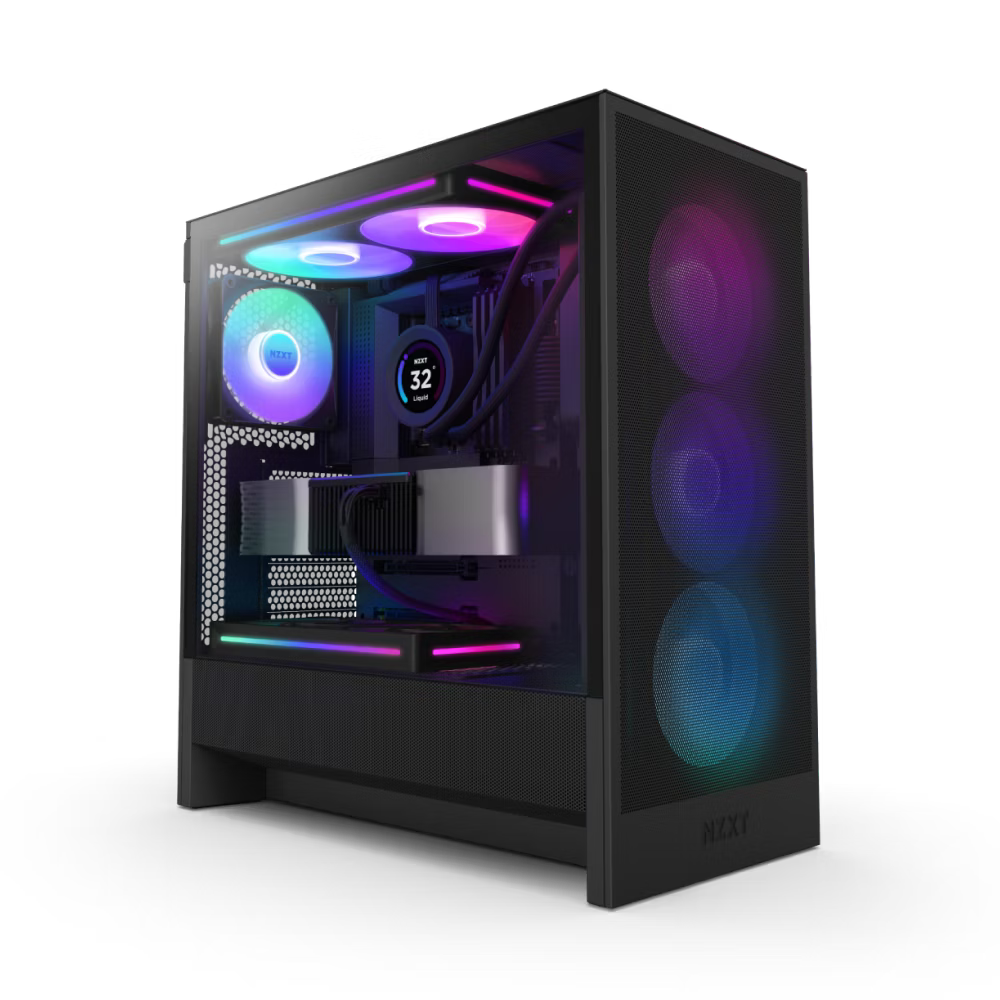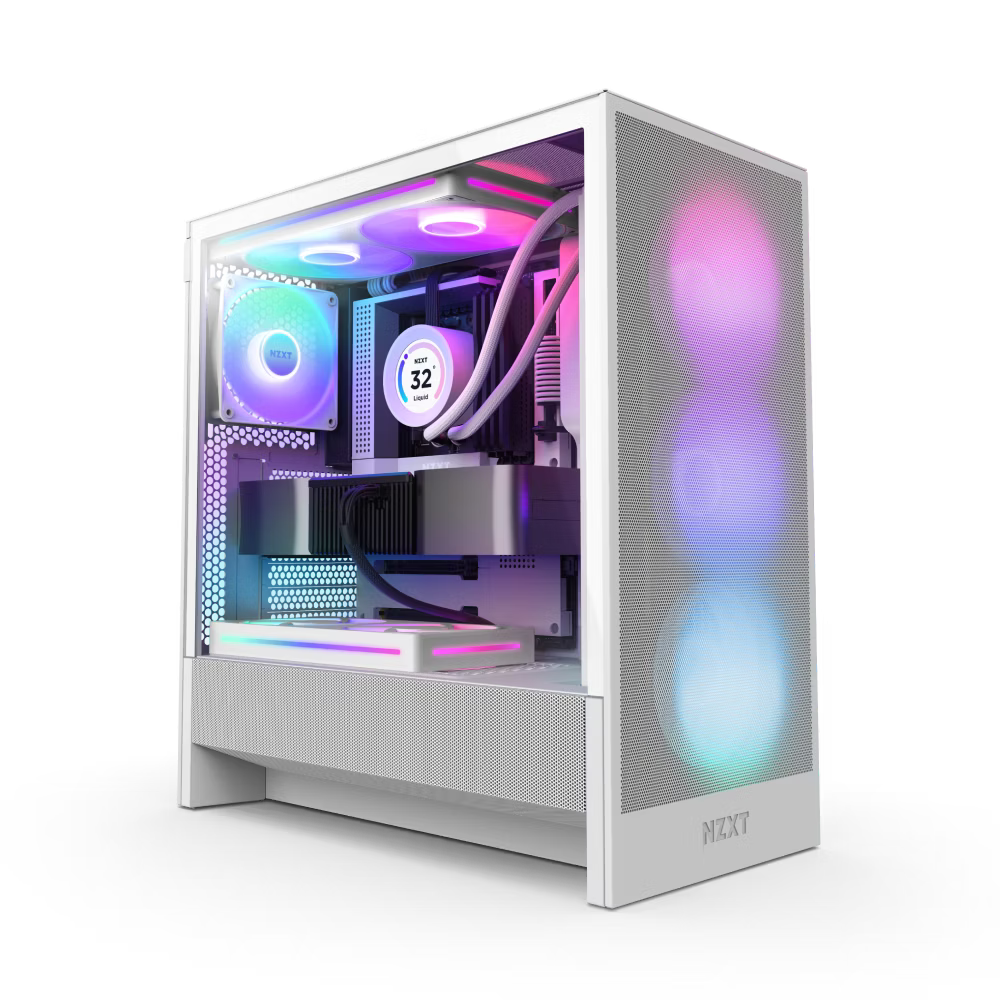

Griffin
Griffin is a next-generation gaming desktop engineered for running 1440p titles with ease. Designed in the sleek NZXT H5 Flow RGB chassis, it blends minimalist aesthetics with optimized airflow and vibrant RGB lighting for a system that looks as sharp as it plays.
At its core, the Intel Core i5-14600K delivers incredible multi-threaded power, making it perfect for high-FPS gaming, streaming, and content creation. For visuals, the NVIDIA GeForce RTX 5060 Ti 16GB brings lifelike ray tracing, AI-powered performance boosts, and next-gen rendering for your favorite AAA titles.
Why Choose Griffin?
- Built for 1440p high-refresh gaming and capable of 4K performance
- Future-proof hardware with DDR5, PCIe Gen4, and ATX 3.0 power standard
- Premium RGB aesthetics without sacrificing airflow or stability
For a detailed breakdown of this system's specifications, scroll down to the Specification Summary section on this page.
We ship to all 50 US states.

Specification Summary
Technical Specifications
Main Specifications
Processor
Motherboard
Memory
Graphics
Storage
Power Supply
Cooling
Fans
Fans (Front): NZXT F360 RGB Core (CV)
Fans (Rear): NZXT F120Q (CV)
Fans (Top): NONE
Fans (Bottom): NONE
Fans (Side): NONE
Operating System
Warranty
Main Specifications
Processor
Motherboard
Memory
Graphics
Storage
Power Supply
Cooling
Fans
Fans (Front): NZXT F360 RGB Core (CV)
Fans (Rear): NZXT F120Q (CV)
Fans (Top): NONE
Fans (Bottom): NONE
Fans (Side): NONE
Operating System
Warranty
OTHER PRODUCTS
You may also like
FAQs
Answers to some commonly asked questions. Still need help? Contact us today.
How long does it take to receive an order?
Systems that are in stock are shipped same or next business day. If you place an order for a system that is not in stock, most builds are shipped within 7-10 business days. In some cases, shipping may take longer if a component is backordered.
Do you ship outside of the US?
We currently offer shipping to all 50 US states. We do not ship to Canada or other countries at this time. Shipping to Hawaii and Alaska will have increased shipping costs.
Do you offer a warranty?
All of our systems come with a standard 2 year limited warranty. Upgraded warranties are available through XCover for up to 4 years.
